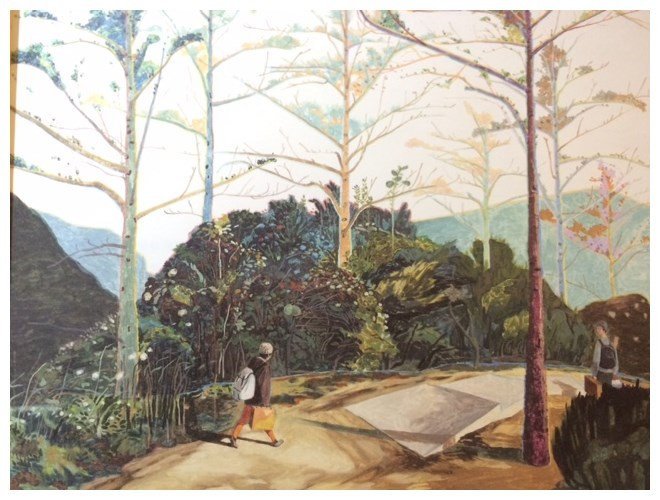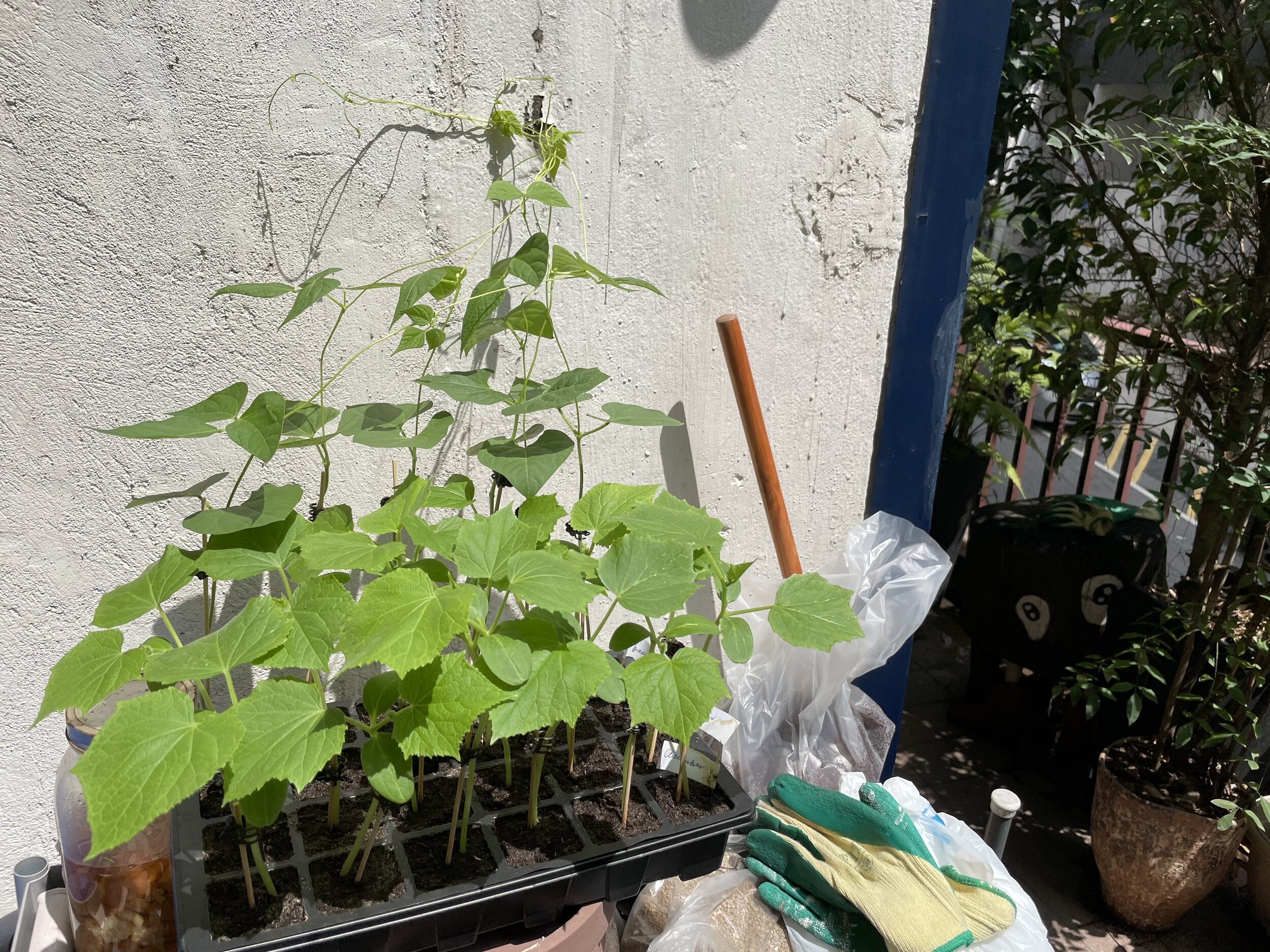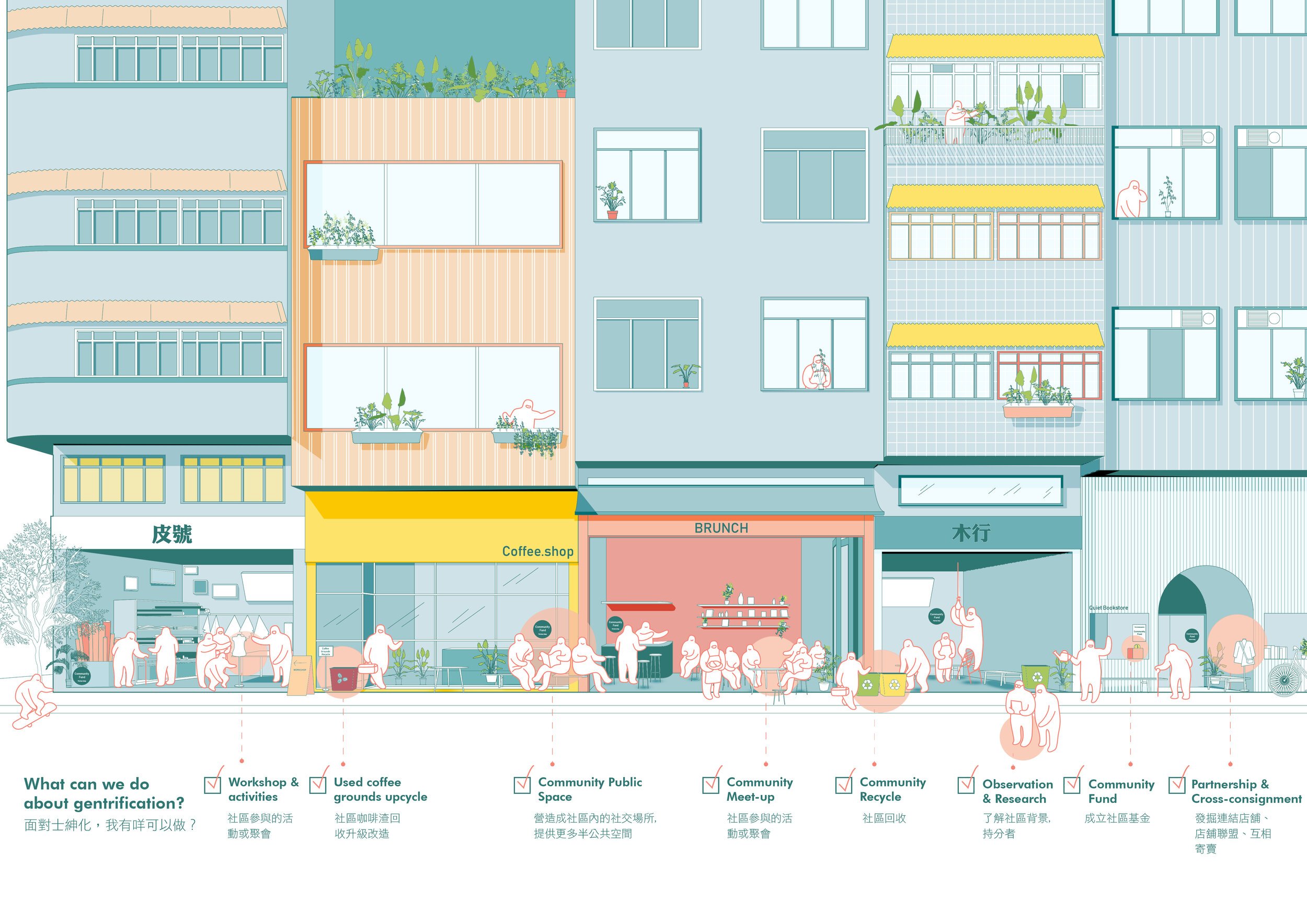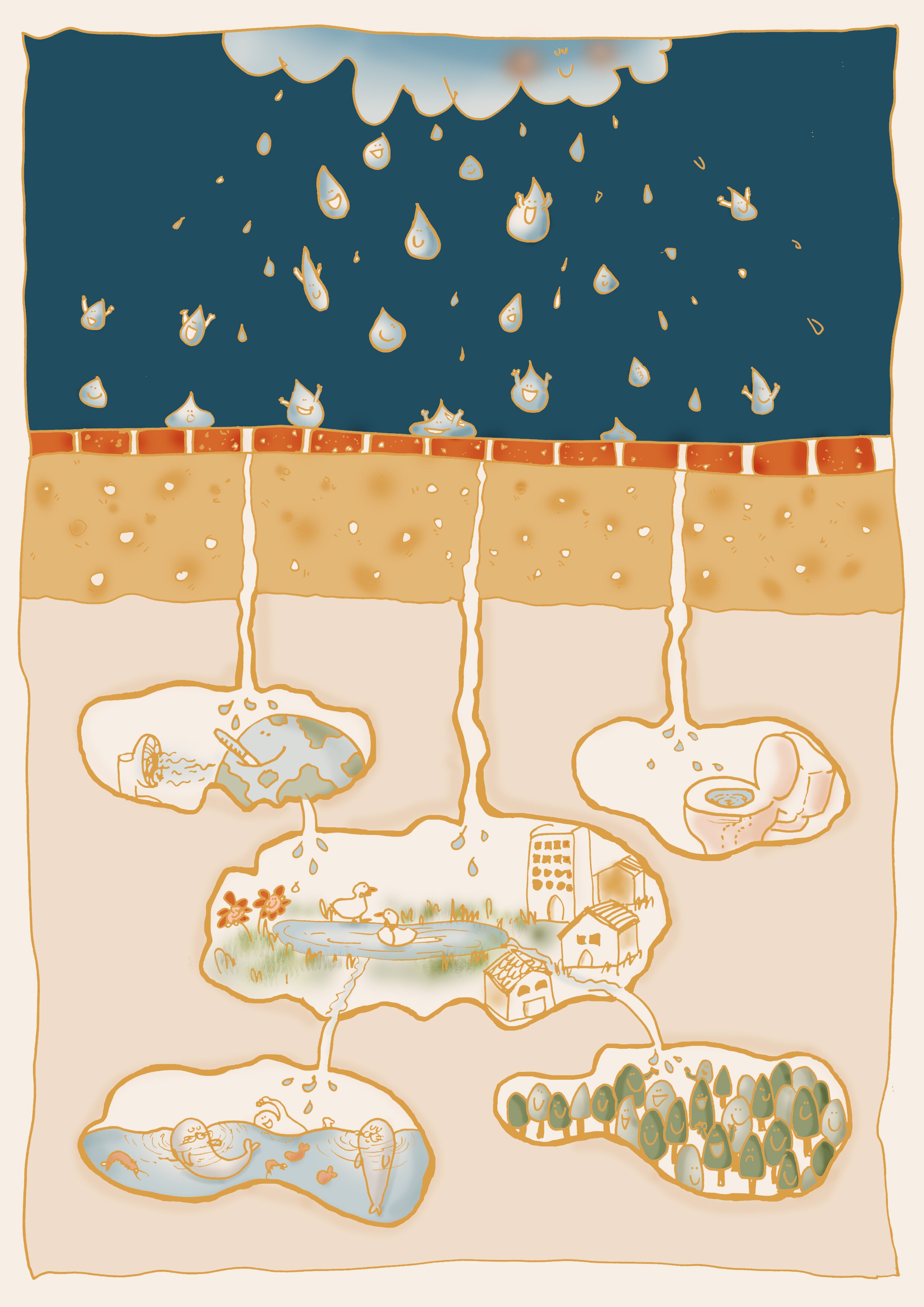海綿城巿:萬事俱備 只欠協調|Hong Kong as a Sponge: collaboration and synergy are yet to come!
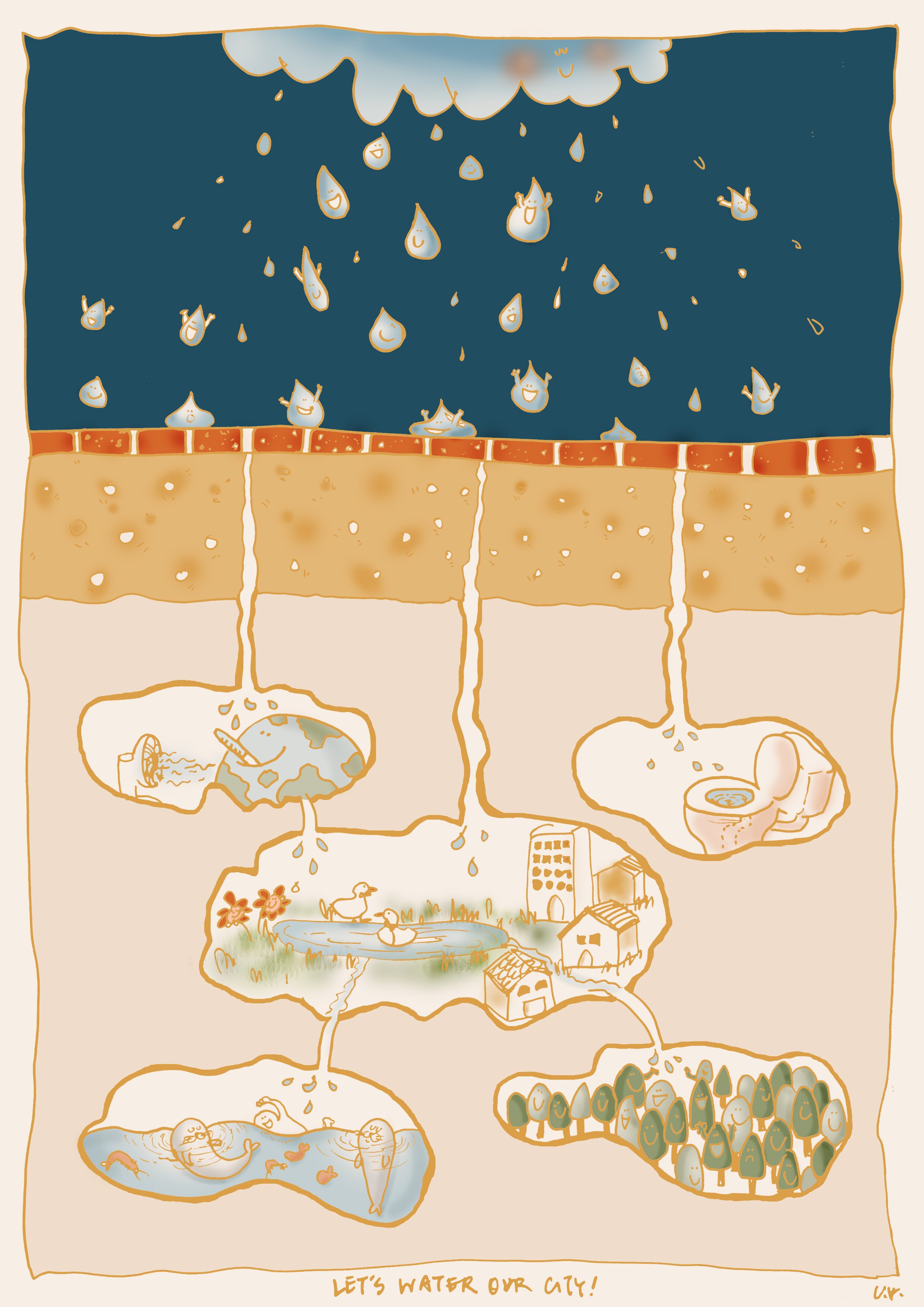
「鋪路磚鋪砌行人路優點多」——2000年,時任工務局局長李承仕以此為題,答覆議員提問,然後繼續解釋:「鋪路磚可以寧靜地掀起和重鋪,因而大大減少噪音和塵土飛揚的情況。」他當時當然沒想到,在港九新界的行人路大規模換上路磚後,20年後卻因為保安問題,路政署工人會在行人路上用膠水封實路磚,將路磚本來的優點毀掉。
政策研究與實際執行,事隔20年,也許無法準確預計實行的效果。但在2016年,渠務署在《可持續發展報告2016-17》曾透露,該署積極研究路磚作為「多孔透水路面」,「可蓄存地面雨水」,「還可藉著滲透和生物降解清除淤泥及污染物」。然後,4年後,觀塘大水浸卻出現有大片行人路的路磚,因被膠水封實無法滲水、甚至一同拔起,行人路變亂石陣。於是,路磚的另一個優點,也被膠水壞了大事。
路磚砌不砌、如何砌,在城巿規劃之中看來是小事,但回看決策的過程,吉人才發現小事也連繫到不同部門的政策,除了上述的前工務局、渠務署、路政署認為路磚是他們的事以外,其實有關係的部門還有環保署、發展局等。部門之間,互相協調是正常不過,但在路磚之間黐膠水這事上,吉人卻看見政府的做法前後不一,部門之間的目標也並不一致。
關於路磚,太多部門沾手未必是好事;但路磚背後所牽涉、更宏觀的政策,來來去去好像只得渠務署一個部門負責,則似乎難以為香港城巿帶來大改變。2016年,發展局與規劃署發表的《香港2030+:跨越2030年的規劃遠景與策略》中,有一章節提到香港的雨水排放系統,解釋渠務署以往採用各種防洪措施,但鑑於氣候變化令極端天氣更頻繁,所以渠務署近年開始以「海綿城巿」的概念發展「可持續排水系統」云云。
不少吉人對於在西方國家已流行十多年的「海綿城巿」該不會陌生,「海綿城巿」講究的,不止是蓄洪、排洪能力,而且還連繫到整個城巿的滲水力,除了為現有道路改以有透水力的物料鋪設外,還有大規模綠化,讓雨水可以從城巿每個角落滲進泥土。可以預見,這個大改造需要數個大部門攜手出力,才會真正改變現有只靠石屎渠、石屎蓄洪池的排水格局。
除了政府部門,香港亦有吉人為推動可持續雨水排放系統努力。香港大學土木工程系助理教授徐婷芳是其中之一,2014年探討在香港落實的可行性,研究發現若不同分區在現有設施的基礎上,若能引入大約佔百分之五至十空間的可持續發展雨水排放系統設施,便可顯著改善區内的排洪狀況。而利用排水物料鋪設路面和特別設計的花槽,比綠化屋頂更有效益,應該更廣泛被應用。
所以,香港雖然已高度發展、城巿規劃牽一髮動全身,但只要能推動政府踏出第一步,仍然有帶來改變的空間。港大的團隊已經在行動,其他吉人們,不要再猶豫了﹗
繪圖:Carmen Kwok
地點 : 香港
Hong Kong as a Sponge: collaboration and synergy are yet to come!
As if it is a cruel twist of fate, the once highly praised footpaths with paving stones have now been glued down due to concerns over security breaches. The blocks have been preferred for reduced noise and dust during the paving process, as well as its facilitation of rainwater harvesting to optimise water recycling and enhance flood resilience of the city. Yet, with these paving blocks being sealed up with glue for the past year, their advantages have been lost, even causing a catastrophic “uproot” of pavement in Kwun Tong after a particularly heavy rainstorm.
These benefits of paving blocks have been pointed out by the former Secretary of Works, Lee Shing-see, in 2000, and within the “Sustainable Report 2016-17” of the Drainage Service Department. During the past time, the two authorities proactively pushed out this new porous feature across Hong Kong’s pathways. Every single brick that you lay your feet on, insignificant as it may seem, actually involves a whole lot of government departments when in order to bring it to fruition. Besides the former Department of Works, Drainage Service Department, and the Highways Department, it even involves the Environmental Protection Department and Development Bureau. One might wonder, can effective coordination and collaboration happen within such a massive “team”? Looking at the case of paving stones being sealed up by glue, we at GUTS have observed discrepancies between departments towards their objectives and implementation.
Having said that, when it comes to policy and overall strategy of implementing paving blocks in the city, only a single department, the Drainage Service Department, is responsible. Looking at the “Hong Kong 2030+ Planning Vision and Strategy” report, it indicates the development of the Sponge City concept and sustainable drainage system is being delivered by the Drainage Service Department only. It seems like the huge mission of mitigating the extreme weather conditions bring about by climate change has fallen on the shoulders of one single department.
The concept of a Sponge City, having been popular in the west for more than a decade, is no alien concept to fellow GUTSMANS. It is never a city model that merely focus of flood management and drainage capacity. Rather, it is everything about the absorption and harvest of rainwater. Not only does it imply having permeable pavement, it also means having large scale of green zones where rainwater can be absorbed in every corner of the city. This is a transformational change to a city that needs collaboration and synergies from at least a few significant government departments.
Besides the government authorities, GUTSMANS in Hong Kong can also be proactive in pushing the development of a sustainable stormwater management system. Dr May Chui, associate professor of Civil Engineering at the University of Hong Kong, studied the feasibility in 2014 and suggested that flooding capacity in Hong Kong can be improved remarkably just by increasing spaces provision on sustainable stormwater management on existing facilities by 5-10%. She further advised that pavements with permeable surface and special-designed flower troughs should be developed extensively as they are more efficient than having green roofs.
A little step in city planning can be transformational. As a well-established city, Hong Kong can still be further reshaped and transformed as we push the government to step up its game. The team from the University of Hong Kong is making a smart move, fellow GUTMANS, time to act!
Illustration by: Carmen Kwok
Location: Hong Kong
你可能對以下吉人吉事有興趣:
You may also be interested in these GUTS Stories:




